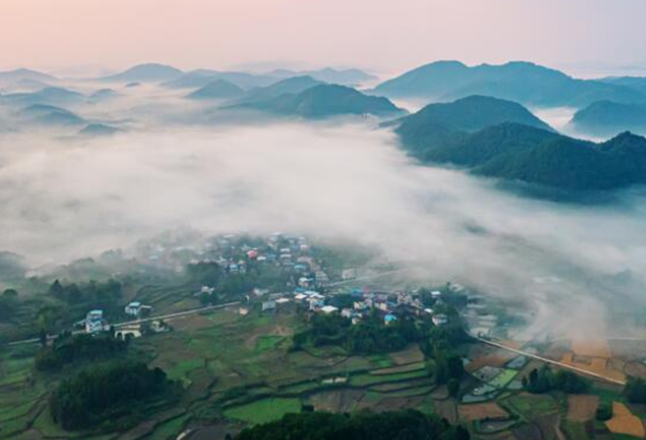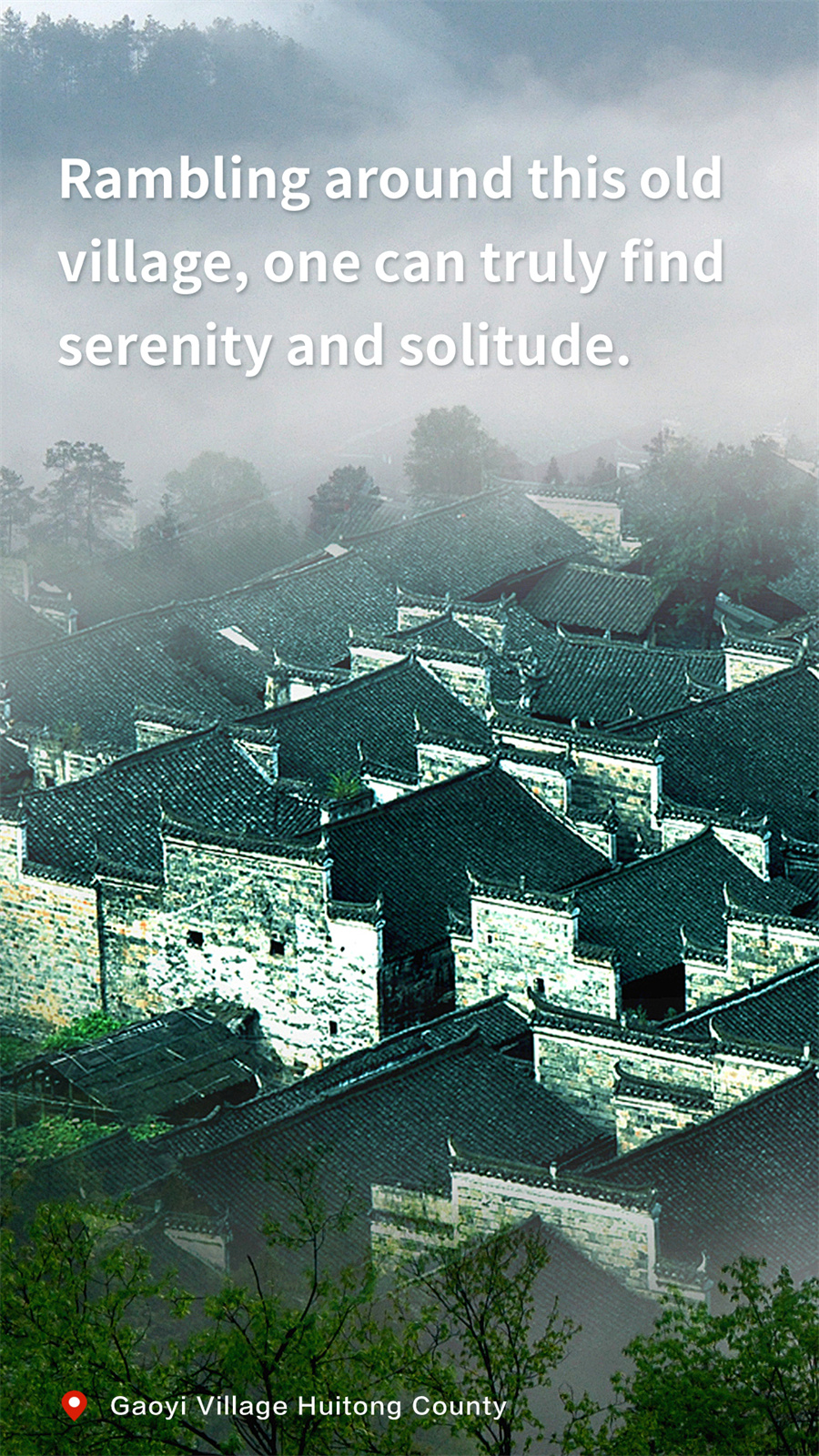
Design by Tan Wenping
In Huihua, the Midwest of Hunan, townships are usually situated by mountains and river. Gaoyi village is surrounded by mountains and faces the river on one side. This village, which belongs to Huitong County, preserves its vernacular architectures of Ming and Qing Dynasty quite well. They are considered precious cultural heritages for ethnographic study.

Gaoyi Village
Because the terrain looks like a chair, this village is given the name Gaoyi (it literally means high chair). This chain of mountains naturally separates the village from the outside world. In hundred of years, it was never under attack of bandits because of this unique terrain. Forty eight farmlands, forty eight wells and forty eight ponds are hundred and four households' sources of livelihood. Villagers not only can plow and sow the fields but also fish in the river. A modern hermit lifestyle can be found here.
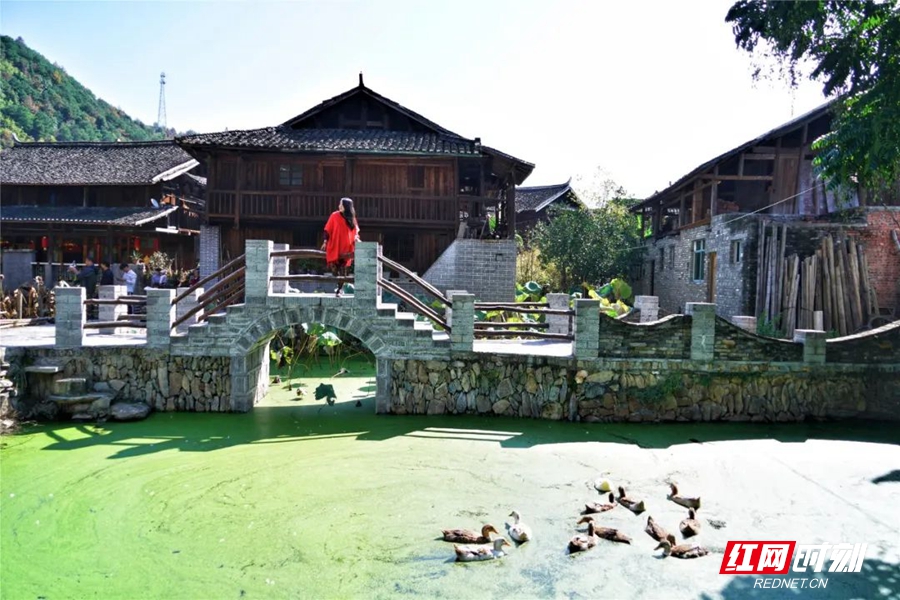
Inside Gaoyi Village
Wooden houses are decorated with white walls and cyan tiles. This style of architecture derives from vernacular design of local Dong people, and they are commonly found in South Central China.
When one rambles in this village, one can truly find serenity and solitude.
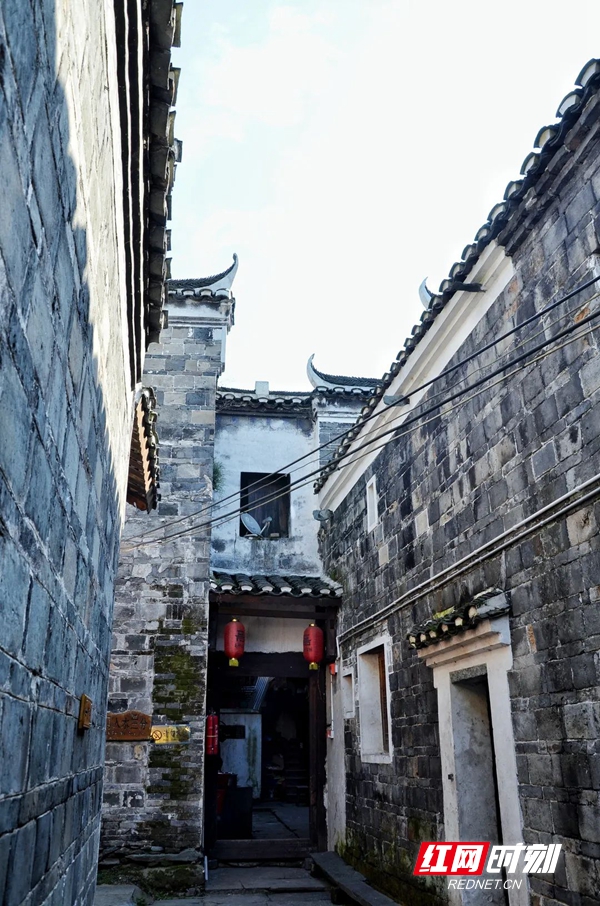
Inside these architectures
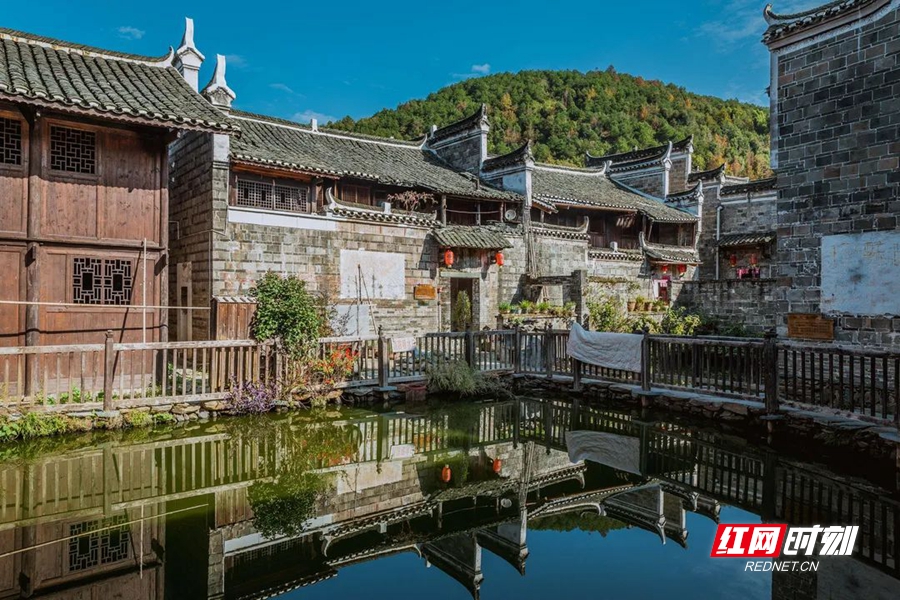
A pond surrounded by couple households
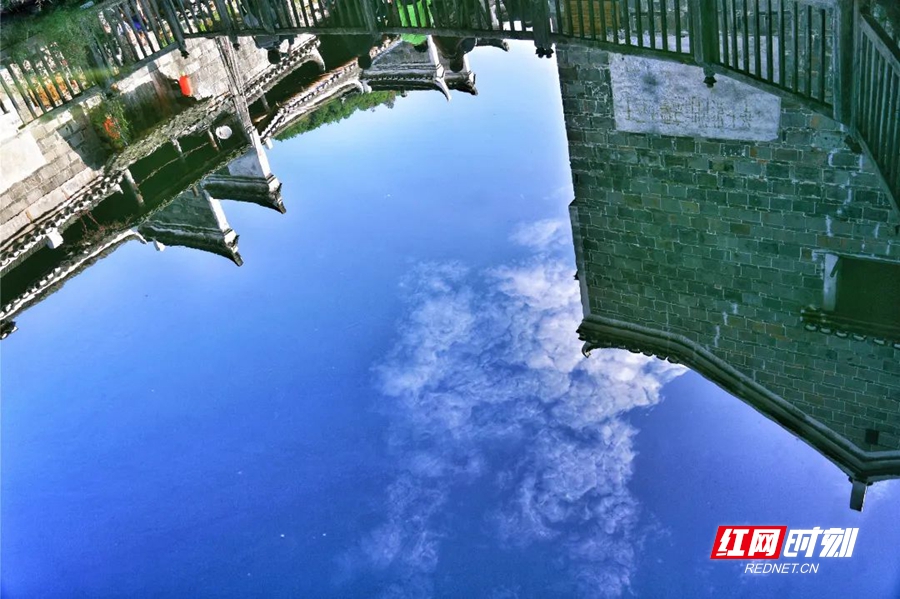
A corner of the village in reflection
Author: Shu lei, Tan Wenping
Translator: Ruan Zifeng

